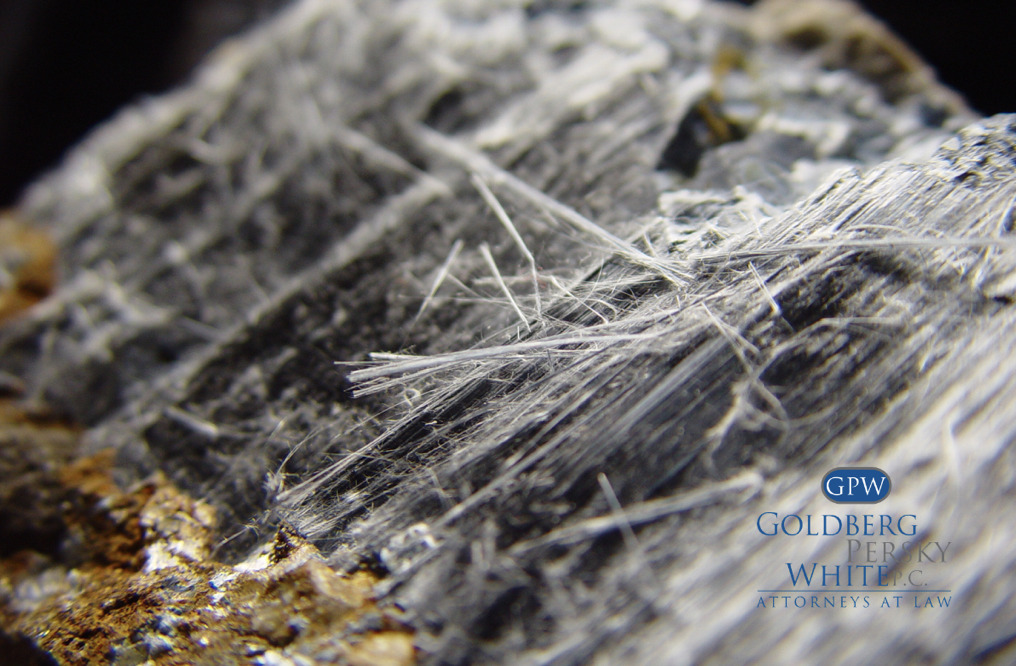Bottled Water Contains Far More Plastic Bits Than Previously Thought
A new study has found that bottled water sold in stores has 10 to 100 times the number of plastic particles than was previously estimated. The particles are so small that they cannot be seen under a microscope. Nanoplastics are so small that they are 1,000th the average width of a human hair. Their small size allows them to migrate through tissues of the digestive tract or lungs into the bloodstream. This distributes harmful synthetic chemicals throughout the body and into cells. One liter of water, which is the same as two standard size bottles of water, contained an average 240,000 plastic particles from seven types of plastics. Ninety percent were nanoplastics.
Microplastics are small polymer fragments that range in size from .2 inches to 1/25,000th of an inch. Smaller pieces of plastic are considered nanoplastics and are measured in billionths of a meter. The information from this study reinforces expert advice to drink tap water from a glass or stainless-steel container to reduce exposure. Plastic sheds, so when plastic is used, little bits of it break off.
A new technology was introduced by researchers at Columbia University that is able to count and analyze the chemical structure of nanoparticles in bottled water. The researcher team found the number of plastic bits in popular store-bought water brands to be 110,000 to 370,000, if not higher. The technology was able to see millions of nanoparticles in the water, which could range from inorganic nanoparticles, organic particles, and other plastic particles not in the group of seven types of plastics studied. The new techniques allow for more research to be done to determine the risks to human health. Infants and young children could be the most at risk because their developing brains and bodies are often more vulnerable to the effects from toxic exposure.
Nanoplastics are the most worrisome for human health of the different types of plastic pollution. This is because the tiny particles can invade individual cell walls and tissues in major organs and can interrupt cellular processes and deposit endocrine disrupting chemicals like bisphenols, phthalates, flame retardants, per- and polyfluorinated substances, and heavy metals. These chemicals are all involved in the making of plastic, so when plastic enters our body, these substances come with it. The chemicals then leach out of the plastic and into the body. Chemicals from plastics can end up in different places like the liver or kidneys, or even the brain or an unborn child. In studies of pregnant mice, plastic chemicals have been found in the brain, heart, liver, kidneys, and lungs of the developing baby 24 hours after the pregnant mother ingested or inhaled plastic particles. Micro and nano plastics have been found in many areas of the body including the lungs, feces, and blood of humans.
Another unstudied area related to plastic consumption is the impact of the plastic particles on the human body. Research has been limited due to limits on technology but now with the new technology, research should be able to be done.
The identification of plastic particles utilizes a modified version of Raman spectroscopy, a laser-based technique that analyzes chemical composition of cells by measuring how molecules vibrate in response to light. The altered version is called stimulated Raman scattering microscopy, or SRS. A second laser is added to amplify the previous signal, which then allows nanoparticles to be seen. This is the first time that this technology is being used to detect nanoplastics. SRS clearly identifies nanoparticles in microseconds compared to older techniques that took hours and can do it without harming cells being imaged. The scientists used machine-based learning to help distinguish what type of plastic each particle is. They were able to distinguish seven types of plastics including polyamide, polypropylene, polyethylene, polymethyl methacrylate, polyvinyl chloride, polystyrene, and polyethylene terephthalate. Polyamide is present in water filters, so it is hypothesized that plastic is getting into water from the bottle and the filtration process. It was expected that the leakage would mostly come from the plastic bottle itself, which is made from PET (polyethylene terephthalate), but many types of plastic were found in a bottle of water with different size distributions. PET particles were larger while others got down to 200 nanometers. Particles can break off with the opening and closing, crushing, or heating up of a water bottle.
Now that the nanoplastics can be identified and classified, more research needs to be done. It is now possible to study the origin of microplastics that did not come from the bottle. Research can also determine which type of water has more plastic, either tap water or bottled water. Studies have found less amounts of microplastics in tap water, so it would be plausible that there are lower levels of nanoplastics in there as well. It would also be good to find out what happens once microplastics enter the body. We don’t know what happens once plastic enters cells or if the body can remove it. The new technology should be able to answer many of these questions. To reduce our exposure to plastic, it is best to avoid food and beverages in plastic containers. We can also wear clothing made of natural fibers and use products made of natural materials.
Were you exposed to a toxic chemical? Contact us today to see if you could be entitled to compensation. Call 412-471-3980 or fill out our contact form and a member of our team will get back to you as soon as possible.




